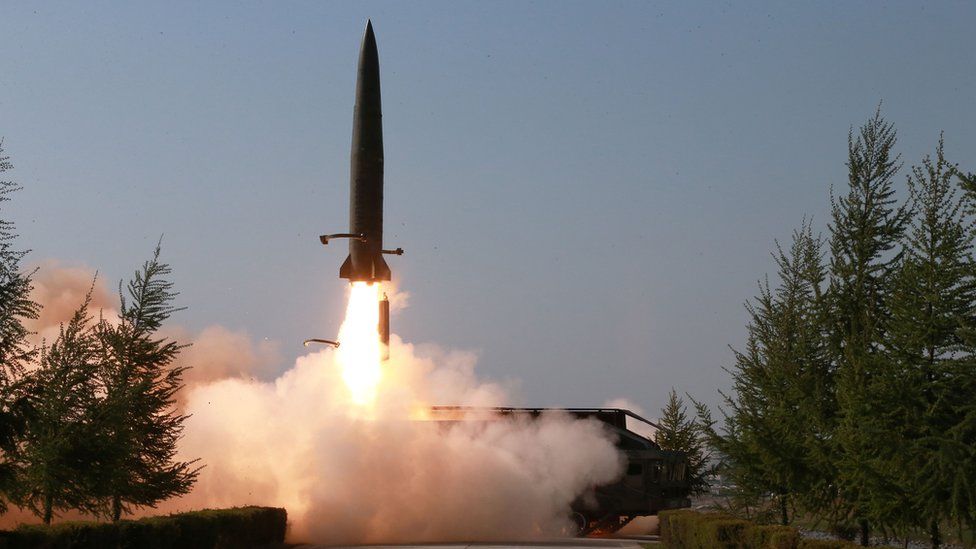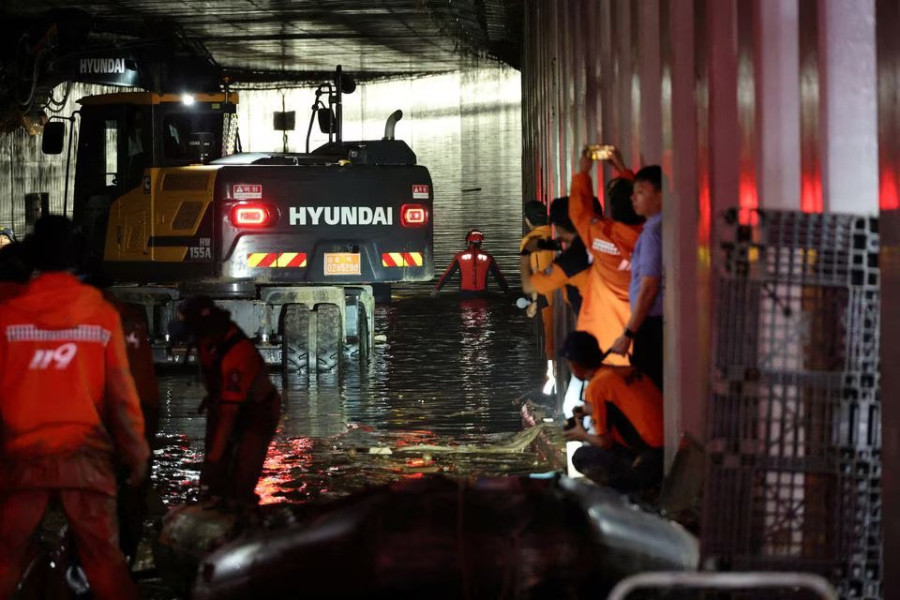In a significant development that adds to the tension in the region, North Korea has fired two ballistic missiles into the eastern sea on July 19, as confirmed by the Japanese and South Korean militaries. Notably, this comes just hours after a United States nuclear-armed ballistic missile submarine made its first port call in South Korea in four decades. The launches have prompted condemnation from South Korea’s Joint Chiefs of Staff (JCS) and Japan, and have further escalated concerns over the destabilizing impact of North Korea’s illicit weapons program.
Missiles Fall Outside Japan’s Exclusive Economic Zone:
According to the Japanese defense ministry, both missiles were launched early on Wednesday and appeared to have landed outside Japan’s exclusive economic zone. However, the proximity of the launches to Japanese waters has raised apprehensions and prompted Japan to lodge a protest against North Korea’s actions through diplomatic channels.
South Korea Calls for an End to Missile Launches:
The South Korean Joint Chiefs of Staff (JCS) have strongly condemned the successive ballistic missile launches by North Korea. The JCS labeled these actions as grave provocations that jeopardize the peace and stability of the Korean Peninsula and the international community. The missile launches are seen as clear violations of the United Nations Security Council resolutions.
Details of the Missile Launches and International Response:
Japanese Defense Minister Yasukazu Hamada revealed crucial details about the two missile launches. The first missile reached an altitude of 50 km (31 miles) and covered a range of 550 km (341 miles), while the second missile reached the same altitude of 50 km and traveled 600 km (372 miles). As the international community expresses concerns over North Korea’s actions, the US military has acknowledged the missile launches and is closely consulting with its allies and partners.
Missile Launches Linked to US Nuclear Submarine Arrival and Nuclear Consultative Group Meeting:
The timing of these missile launches is noteworthy, as they occurred shortly after the US and South Korea held their first meeting of the Nuclear Consultative Group (NCG). The NCG aims to bolster the US’s commitment to “extended deterrence,” including the use of nuclear weapons to defend its ally, South Korea. The missile launches also coincided with the unprecedented arrival of the USS Kentucky, an American nuclear-capable strategic submarine, at a South Korean naval base. These events have further strained the already tense relations between North Korea and the US-South Korea alliance.
The latest missile launches by North Korea have heightened concerns over regional security and stability. As the international community grapples with the impact of North Korea’s actions, experts emphasize the potential link between these launches, the arrival of the US nuclear submarine, and the Nuclear Consultative Group meeting. The situation underscores the need for diplomatic efforts to address North Korea’s nuclear threats and prevent further escalation in the region.
















